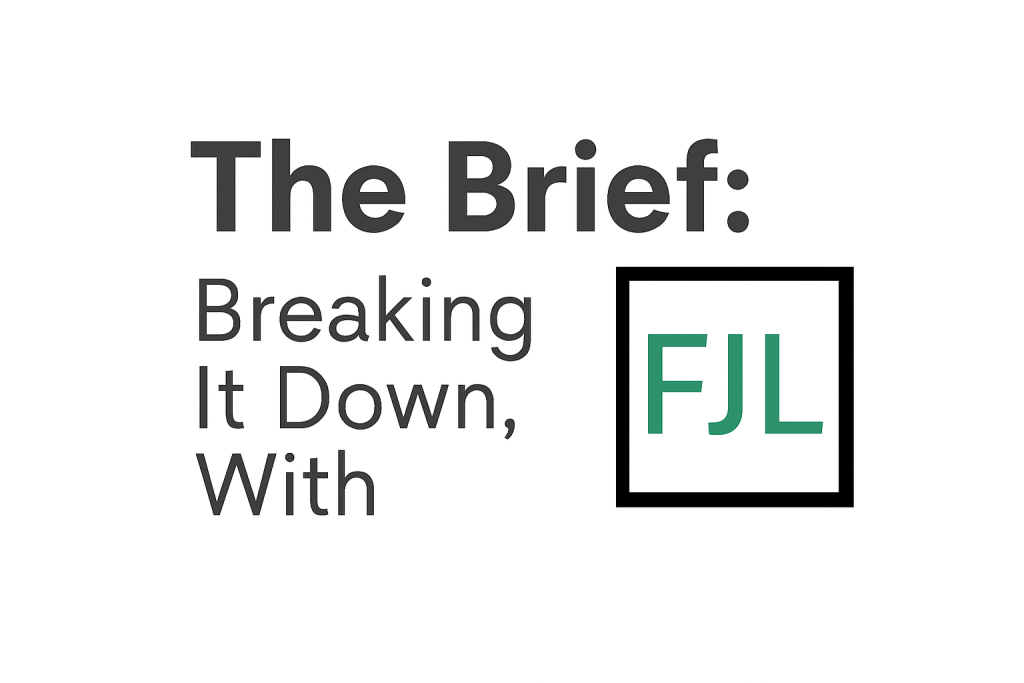In our second installment of determining primary liability, we’ll discuss crafting a good faith denial. After a thorough initial investigation, a claims professional may have reason to want to deny the compensability of a claim. If that is the decision, a claims professional must be careful that there is adequate information and reason to deny a claim.
Minnesota Rules provide guidance on properly asserting an adequate denial. For example, if a claim is denied, a Notice of Primary Liability often needs to be completed, and the followed Rules are applicable:

- 5220.2570 Subp. 2(E). A specific reason for the denial which must be in language easily readable and understandable to a person of average intelligence and education and a clear statement of the facts forming the basis for the denial. A denial which states only that the injury did not arise out of and in the course and scope of employment or that the injury was denied for lack of a medical report, for example, is not specific within the meaning of this item; and
- 5220.2570 Subp. 2(F). A copy of a medical report or summary of any health care provider contact which forms a basis for the denial.
In essence, what DOLI is looking for is the following things:
- The decision must be written clearly so the employee can easily understand why liability is being denied;
- A factual basis for the denial;
- A legal basis for the denial;
- When applicable, documentation supporting the basis for denial.
A frivolous denial may be one where the insurer has failed to make a good faith effort to investigate the claim of an employee prior to denying the claim or one that contains a clearly inaccurate statement of fact or law. If it is determined that a denial was frivolous, penalties can be assessed.
A good faith denial, in other words a sufficient denial, is based upon factual allegations, which if true, mean that the employee has not suffered a legally compensable injury.
An insurer can be penalized for an insufficient denial even if the underlying claim is not compensable. The underlying compensability of the claim is not at issue when it comes to complying with the requirements for providing an adequate denial. This is an easy thing to confuse when completing a form, but it is important to remember when formulating the denial. DOLI is looking for insufficient denials, not compensable claims that have been sufficiently denied. The procedures the employee can take once a sufficient denial has been filed protect compensable claims. The compliance unit is looking only for insufficient denials.
After a thorough initial investigation, sometimes there is still not enough to have a good faith denial, even where there are red flags. When this is not possible, benefits still may be denied or cut off at a later time, depending on what information is discovered as the claim develops.
Indemnity benefits can be denied or terminated when:
- The employer and insurer deny the alleged injury occurred;
- There is not a causal connection between the employee’s inability to work and the alleged work injury;
- The employee hasn’t performed a diligent job search;
- The employee withdraws from the labor market;
- The employee is released to return to work without restrictions;
- The employee refuses an offer for work;
- 90 days has passed since the employee receives notice of maximum medical improvement;
- The employee’s post-injury wage reaches his or her pre-injury wage; or
- The number of weeks the employer and insurer have paid benefits on a claim exceeds the amount allowed under statute.
Medical benefits can be denied when:
- The employer and insurer deny the alleged injury occurred;
- Treatment is not reasonable, necessary or causally related to an alleged work injury;
- The employee has fully recovered from any alleged work injury; or
- The treatment is outside of the treatment parameters prescribed in Minn. Stat. § 176.83, Minn. Stat. § 176.103 and Minn. Rule 5221.6010 through 5221.6600.
During the initial investigation, there are certain red flags that may come up, and it can be difficult to determine whether or not a good faith denial exists. In our next installment, we will go over some common scenarios that present themselves during the investigation phase, and how they may tip compensability in either direction. As always, in the meantime, please reach out to any of the attorneys at FJL for guidance or recommendations on your specific claim!
Original article from FJL Spring 2025 Seminar: Lisa Truitt (612) 746-3471 | ltruitt@fitchjohnson.com Dan Skarie (612) 746-6631 | dskarie@fitchjohnson.com
